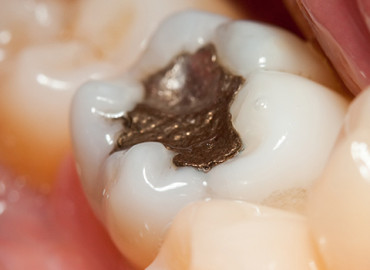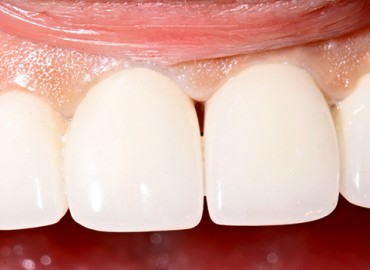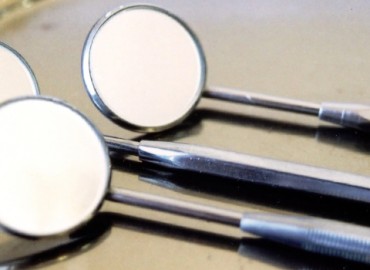Are amalgam fillings safe?
Dental amalgams (silver fillings) were first used in the 1800’s. For decades, amalgam was considered the only appropriate choice of filling material for posterior teeth. Amalgam fillings had a number of positive characteristics that made it the best material for use in these difficult and challenging parts of the mouth. These included: long-term success relative ease of placement […]











